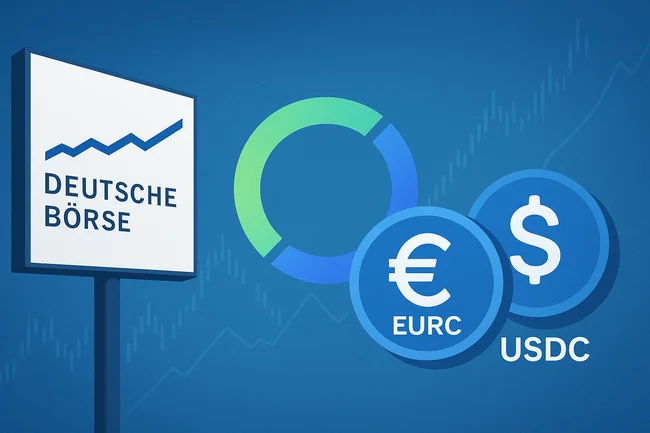A deflationary mechanism in cryptocurrency refers to features that reduce the total supply of coins over time. This process can help increase the value of the asset by decreasing availability. One common deflationary method is “coin burning,” where a portion of coins is permanently removed from circulation. This can be done intentionally by the developers or through various network functions.Another approach is halving, which reduces the rewards miners receive for validating transactions. As the reward decreases, the rate at which new coins are generated slows down, contributing to scarcity.Some cryptocurrencies also incorporate limited maximum supply, which ensures that no more coins can be produced beyond a certain cap. This built-in limit creates a sense of urgency and potential value increase as demand rises against a finite supply.Overall, deflationary mechanisms aim to create a favorable supply-demand dynamic, potentially leading to appreciation in value over time.

Avalanche Treasury Co. to Go Public in $675M Deal With Mountain Lake Acquisition
Avalanche Treasury Co. (AVAT), a digital asset treasury company aligned with the Avalanche Foundation, said Wednesday it has agreed to



